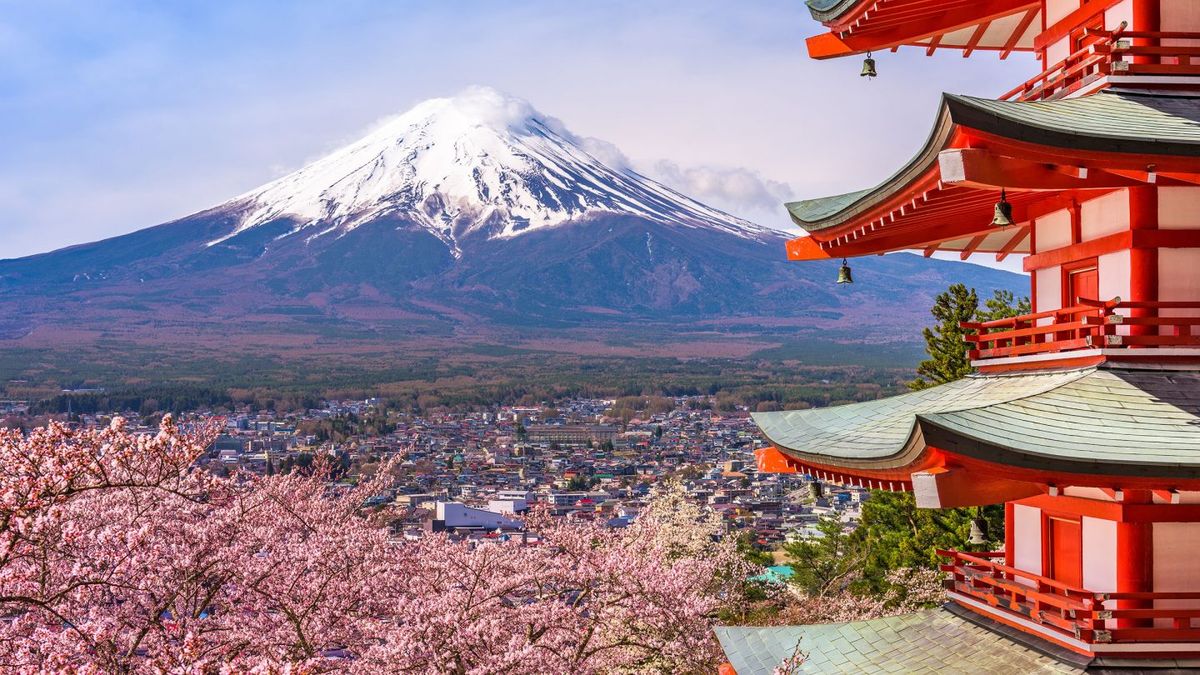
Tokyo Unleashes AI-Generated Nightmare Scenario to Prepare for Fuji Eruption
Aug 29, 2025 |
👀 59 views |
💬 0 comments
What does the apocalypse look like? For the 37 million residents of the greater Tokyo area, it might look like a blanket of black ash, paralyzed transport, and a sky plunged into darkness. This isn't a scene from a new disaster film; it's a chilling, AI-generated simulation released by the Tokyo Metropolitan Government to force its citizens to confront a terrifying possibility: a major eruption of Mount Fuji.
While there are no signs of an imminent eruption, the iconic volcano, which has been dormant since 1707, remains active. To mark Japan's Volcanic Disaster Preparedness Day this week, officials have turned to artificial intelligence to create a visceral and unsettling vision of a worst-case scenario.
The video, which has been widely circulated and discussed, uses AI to simulate a powerful eruption and its cascading effects on the capital, located just 100 kilometers (about 60 miles) away. It begins with a woman on a busy street receiving an emergency alert on her phone. "The moment may arrive without any warning," a narrator intones, before the video cuts to harrowing, AI-generated scenes of Fuji spewing a colossal plume of ash.
The simulation then visualizes the grim aftermath for Tokyo:
Rapid Ashfall: Within two hours, the city is shrouded in volcanic ash. Streets, cars, and buildings are covered in a thick, dark layer, grinding the world's largest metropolis to a halt.
Infrastructure Collapse: The video depicts how even a few centimeters of ash would paralyze transportation, making roads impassable and shutting down train lines and airports. Wet ash, which is heavy and conductive, is shown to bring down power lines, causing widespread blackouts.
Societal Breakdown: With logistics crippled, the video warns of disruptions to food and supply chains, leading to shortages. It also highlights the serious, long-term respiratory health risks from inhaling the fine, jagged ash particles.
The goal of this "digital dress rehearsal" is not to cause panic, but to jolt the public out of a sense of complacency. "We need to arm ourselves with facts and prepare for disaster in our daily lives," the video concludes, urging residents to stock at least two weeks' worth of food, water, and emergency supplies.
This innovative use of AI in public safety messaging represents a new frontier in disaster preparedness. By moving beyond static charts and pamphlets to a dynamic, visual simulation, authorities hope to make the abstract threat of a volcanic eruption feel tangible and immediate, compelling citizens to take concrete preparatory action.
While some have criticized the video as being alarmist, many residents and disaster-planning experts agree that in a country as vulnerable to natural disasters as Japan, a little bit of fear can be a powerful motivator. "Nature's power is so great that maybe it's better if it scares us a little," one resident living near the mountain told reporters.
By harnessing the creative power of AI, Tokyo is hoping that a glimpse into a simulated catastrophe will be enough to prevent a real one from being even worse.
🧠 Related Posts
💬 Leave a Comment
